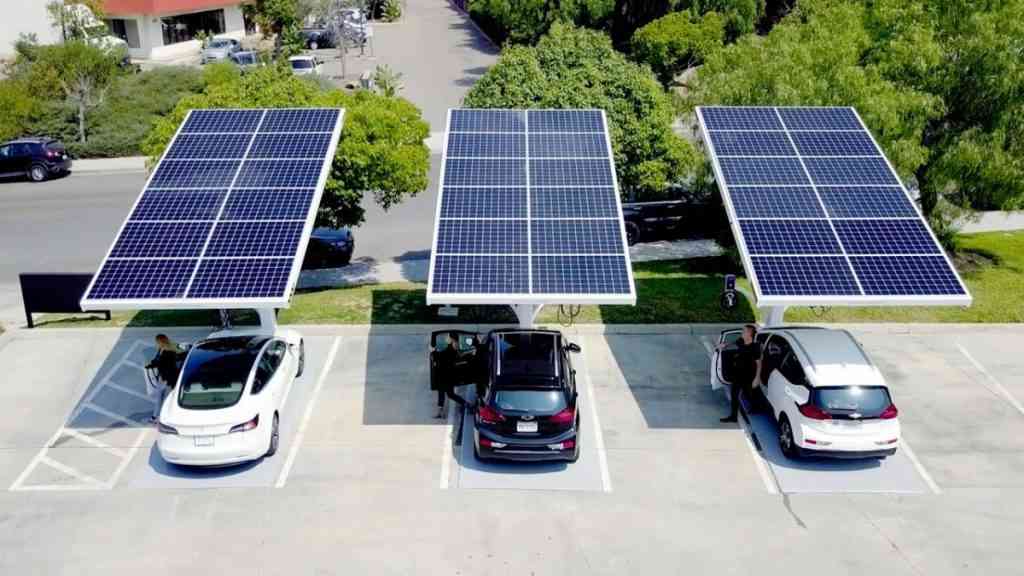
The conflicting views has seen Environmental Management Agency (EMA), torn between two choices; to either ban the material, a move that the regulatory body realises would cast a dark cloud over a number of company operations, or to maintain their use.
Polystyrene plastics are widely used in the country, mostly for packaging purposes and are a common sight in especially supermarkets and fast food outlets.
The latter has been observed to be the worst culprit at the moment as thousands of people purchase take-away food packaged in the material every minute.
After consuming their food, many evidently carelessly toss the kaylite containers around, eventually creating the eyesore that we see everywhere.
Because this type of plastic is very thin, it can easily be blown away by the wind. The bulk of the material is finding its way into our rivers and streams, polluting the water and endangering water-based life forms.
But maybe the most undesirable component of polystyrene would have to be its non-biodegradable nature. It is believed polystyrene material takes hundreds of years to degrade, meaning it stays in the environment indefinitely.
To those calling for its ban, the material is harsh on the environment and should be replaced with material that is eco-friendly.
- Chamisa under fire over US$120K donation
- Mavhunga puts DeMbare into Chibuku quarterfinals
- Pension funds bet on Cabora Bassa oilfields
- Councils defy govt fire tender directive
Keep Reading
Very few companies are believed to be on the right environmental path. Innscor Africa is one company that has been observed to have made its business green as foods from Chicken Inn and its other food outlets are served in eco-friendly packaging.
Those that deal in polystyrene are however contesting the proposed ban as they view the move as too harsh and detrimental to their business operations, opting to look holistically into viable ways of managing the material.
At a meeting recently held by EMA and attended by different stakeholders, among them importers, distributors and retailers that handle polystyrene plastic, to discuss the way forward on the matter, other ways of managing the plastics were suggested.
Some suggested burning the plastics as a way of disposal; a suggestion that EMA was quick to turn down as the method has been proven to be nothing more than a transfer from land pollution to air pollution.
Burning polystyrene releases gases that have the potential to eventually damage a person’s central nervous system while at the same time exacerbating global warming and climate change.
Others then suggested incineration as a method that has been successfully used in some developed countries to contain the problem. This suggestion however requires funds and may be inapropriate for a problem that needs urgent corrective measures put in place.
Of all the suggestions made, recycling has come out as possibly the best viable method of managing the polystyrene material.
“Ecology without economy is useless; it’s naïve, but on the other hand, economy without ecology is irresponsible,” said Steady Kangata, EMA publicity officer as he urged companies to “green” their businesses in line with global trends.
Although some companies have since ventured into the recycling business, many still appear reluctant to recycle polystyrene material, which would explain why we have huge amounts of the waste discarded everywhere
Some corrective measures need to be put in place as a matter of urgency.For feedback, email [email protected]
Polystyrene can be recycled
All polystyrene material can be recycled and used to make things such as clothes hangers, picture frames, rulers, architectural molding and seedling containers, among many other items. In neighbouring South Africa, recycled polystyrene is used in building low-cost houses.
EMA feels recycling would create a win-win solution for all the parties involved, citing a concept it calls Zero Waste that emphasises on reducing, reusing and recycling as the main pillars of creating a sustainable environment.











